Response of simple-metal systems with plane symmetry to local one-body operators
llistat de metadades
Autor/a
Director/a
Barberán Falcón, Núria
Fecha de defensa
1997-09-09
Páginas
137 p.
Departamento/Instituto
Universitat de Barcelona. Departament d'Estructura i Constituents de la Matèria
Resumen
[eng] The objective of this work is to perform an alternative study of plasmon modes in systems with plane symmetry. There are still some aspects of this problem to which no conclusive answers have been given. The sum rule approach has some advantages over more sophisticated methods. This allows to address us some questions that are not easily answered using other methods. Limit cases, such as low momentum or step density profile, can be worked out often because results are analytical in many cases. Also, the observability of the modes can be discussed since the different contributions to the total energy can be analyzed on their own. Moreover, we will see that the numerical results obtained show an agreement with experimental data comparable to that of more involved methods, like TDLDA. This is due to the fact that realistic models for the density profile, the kinetic energy functional or the exchange and correlation functional can be employed. Therefore, the main motivation of this work is to exploit all these advantages to accomplish our goal. The contents are organized in the following way. In Chapter 2 we expose the sum rule formalism in a general way and some previous findings are commented in Chapter 3. This formalism is applied to study plasmon modes of simple-metal surfaces in Chapters 4 and 5. The Local RPA formalism is discussed and its application to simple-metal slabs is presented in Chapter 6. Finally, the main conclusions are summarized in Chapter 7. The relationship between atomic units and other systems is discussed in Appendix A and the expressions of the sum rules of the operators employed are given in Appendix B and C.
Palabras clave
Simetria (Física); Simetría (Física); Symmetry (Physics); Física de l'estat sòlid; Física del estado sólido; Solid state physics; Plasmons; Plasmones; Plasmons (Physics)
Materias
539 - Constitución física de la materia



